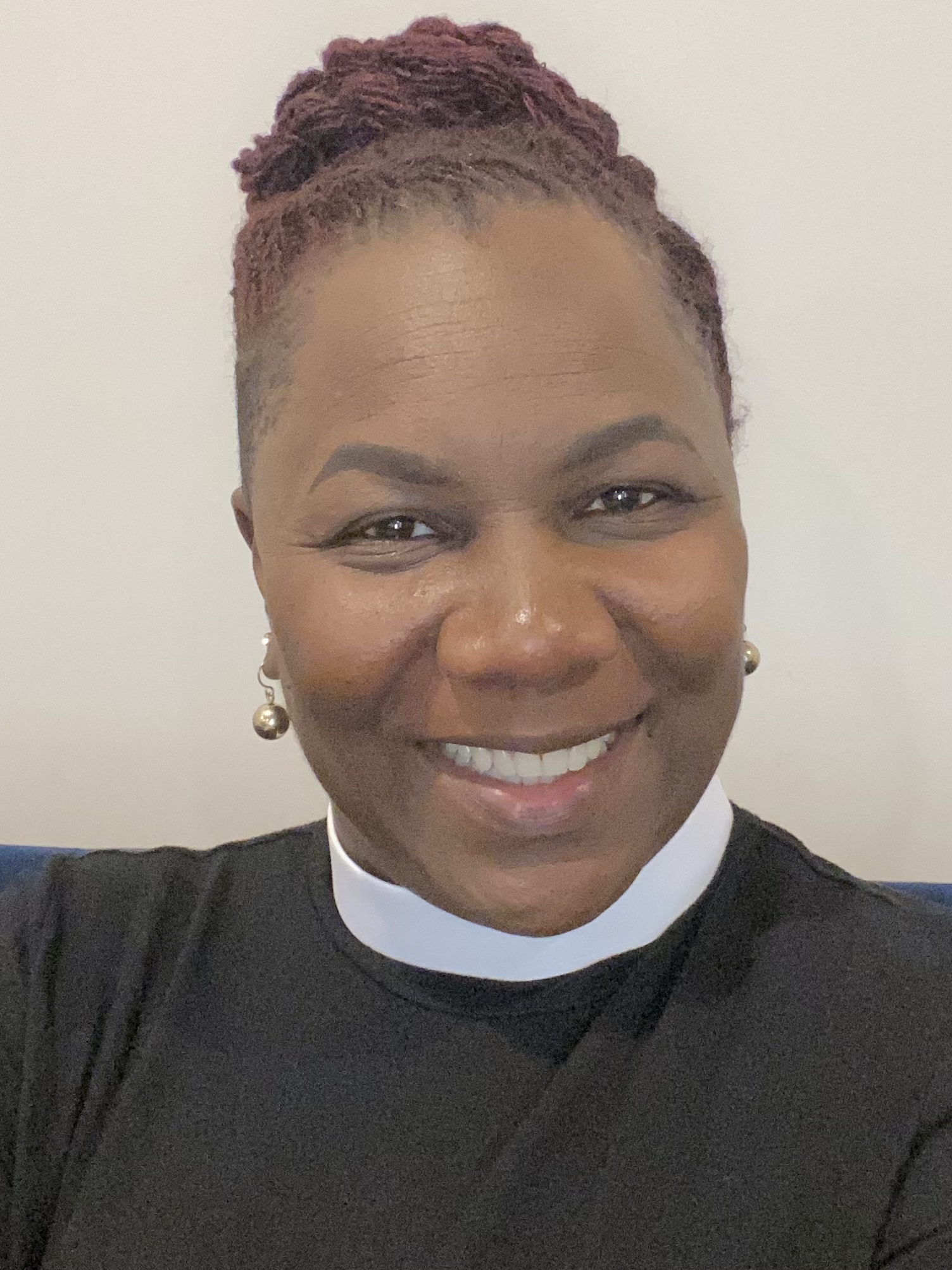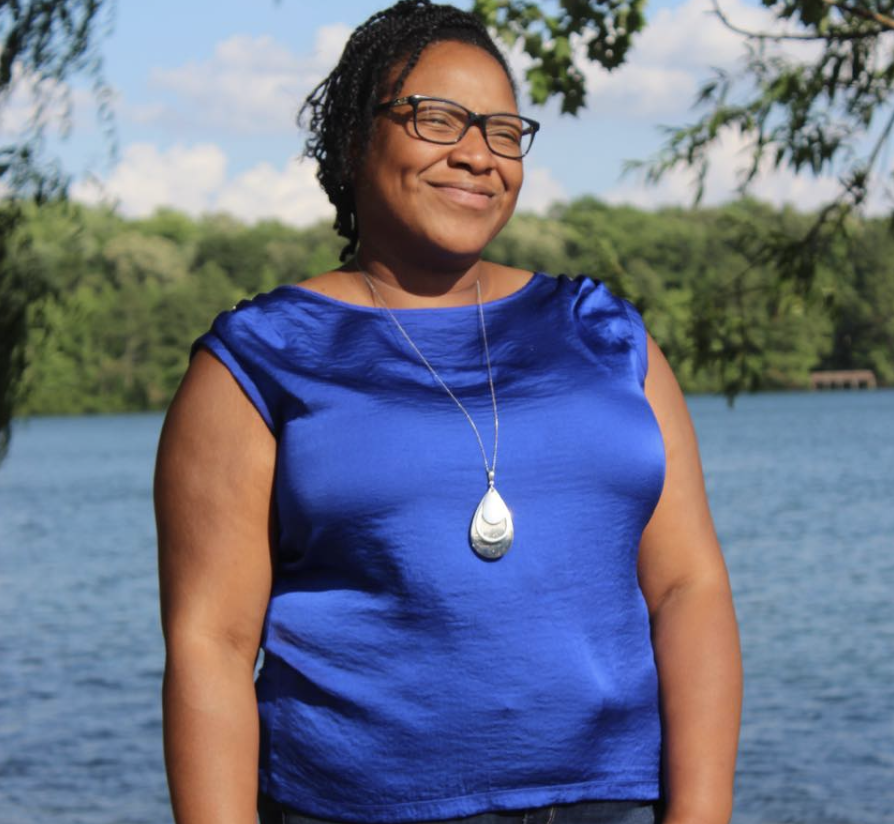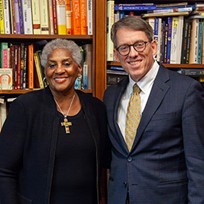Looking Like a Christian
By Jenn P. Sims, Ph.D.
The mantra that races are socially constructed is a mainstay in my field of sociology. By this we mean that because there is no “race” gene, the human groups that we call races are formed due to humans categorizing people based on socially determined criteria. Comparative research shows that what criteria a culture uses to define racial groups varies according to time and place; but here in the US, one constant has been the heavy reliance on physical features.
In our collective consciousness, there exist notions of what members of each race physically “look like.” These images are based on the assumption that certain physical features (e.g., dark brown skin, high cheek bones, straight blonde hair, almond shaped eyes) are indicative of certain races (e.g., African American, Native American, European American, Asian American). These beliefs persist despite the fact that no physical feature is actually exclusive to any one race.
As a nation that has traditionally been divided by race, there was and is a social premium on being able to determine another’s race upon sight. Whether you were assumed to be a slave or free, could use the water fountain on the left or right, or are followed around a store verses being left alone to shop in peace was and is based in large part on what race others perceive you to be.
At least in the United States, one category that has not traditionally utilized physical appearance as part of the defining criteria is religion. Despite small numbers of Jews, Muslims, Sikhs, and practitioners of indigenous American and African religions being present since the colonial era, the US has been and still is supermajority Christian. However, excepting the attire of religious leaders in specially ordained positions, Christians have no signature or assumed appearance. In the US, Christians include people from all stripes of life; and as such, it is nigh impossible to tell if someone is Christian based on what she or he “looks like.”
One of the classical theoretical perspectives in sociology views society as a complex of ongoing activity by people interacting with each other via symbols. A symbol is something that people understand to represent more than just the obviously apparent meaning of the thing. From this perspective, Christians—despite having no signature “look”—can be recognized as those interacting with particular symbols: a crucifix or cross hanging from a car rear view mirror or maybe a miniature anvil on one’s bookshelf. Symbols can be subtle gestures, too, such as a bowed head before a meal or making the sign of the cross when passing a wreck on the interstate.
Given the continuing significance of on-sight racial perception in the US, in particular for people of African descent, it is easy to forget that some meaningful aspects of our identity are not hyper-visible. Despite being a heterogeneous group with no signature “look,” of all denominations, we Christians are nonetheless recognizable via a variety of symbols and gestures. In my view, this makes our Christian identity not only socially constructed but beautifully constructed.
Jennifer P. Sims, Ph.D. is a sociologist specializing in the ways persons of mixed-race navigate societies. She has published several academic articles and edited volumes. Dr. Sims is on faculty at the University of Wisconsin—River Falls.





